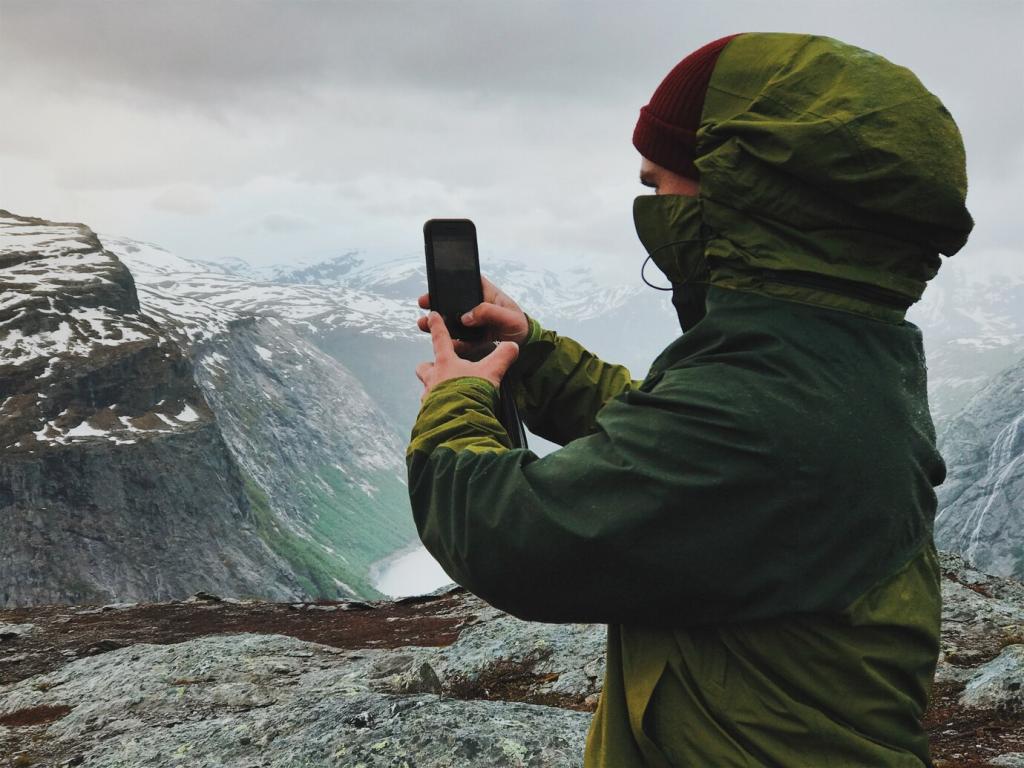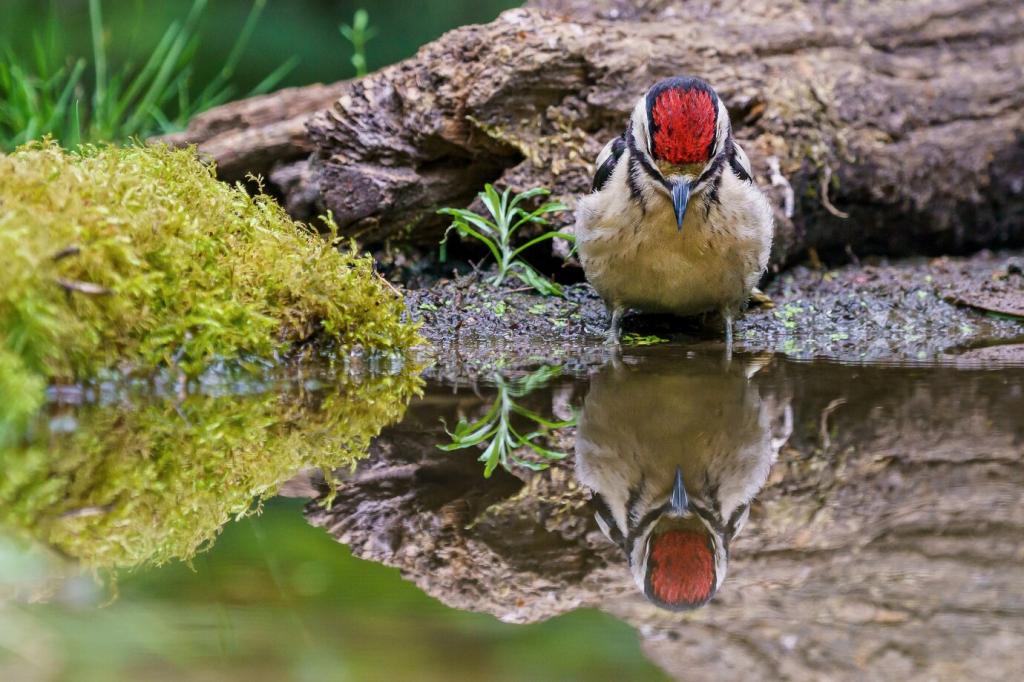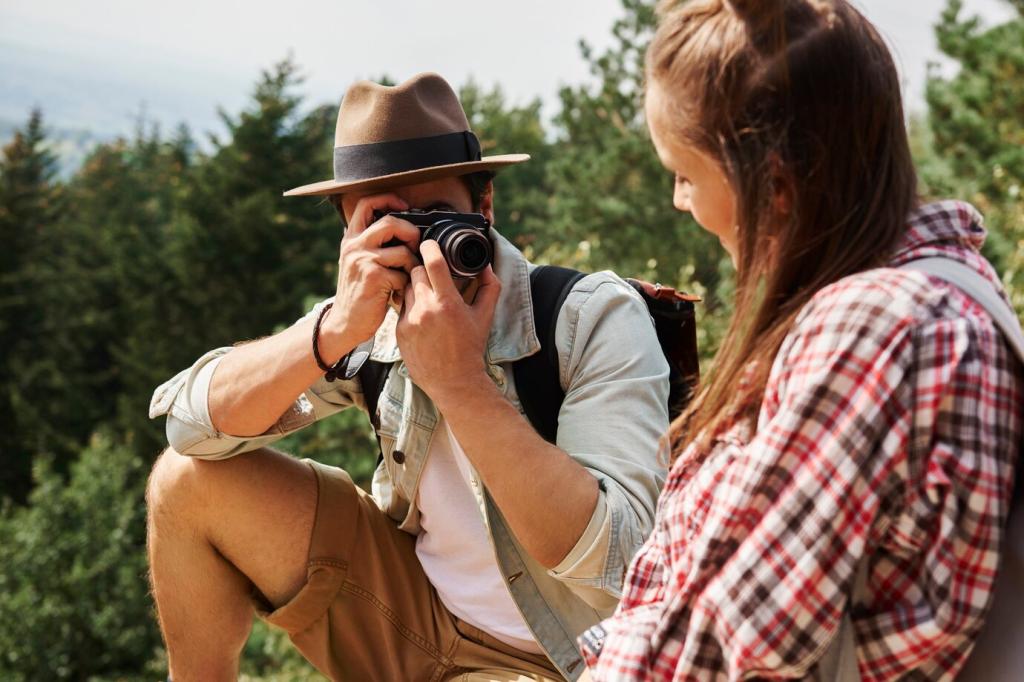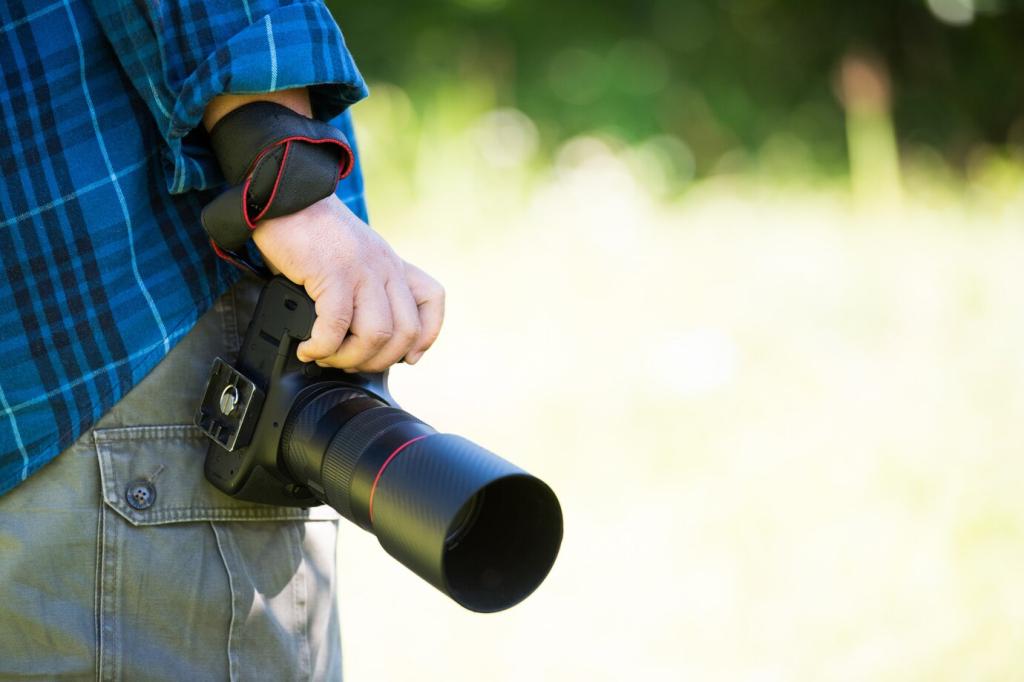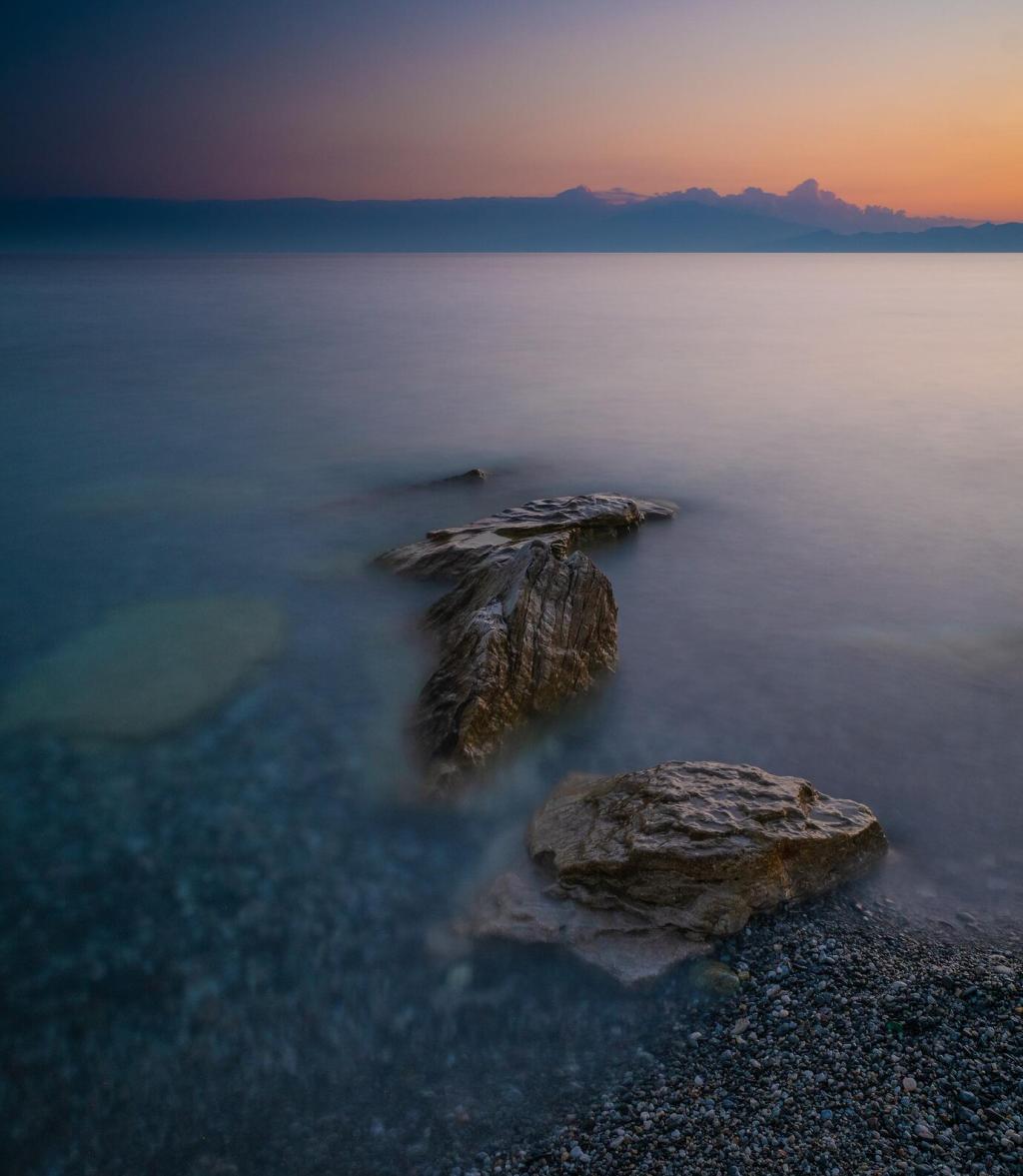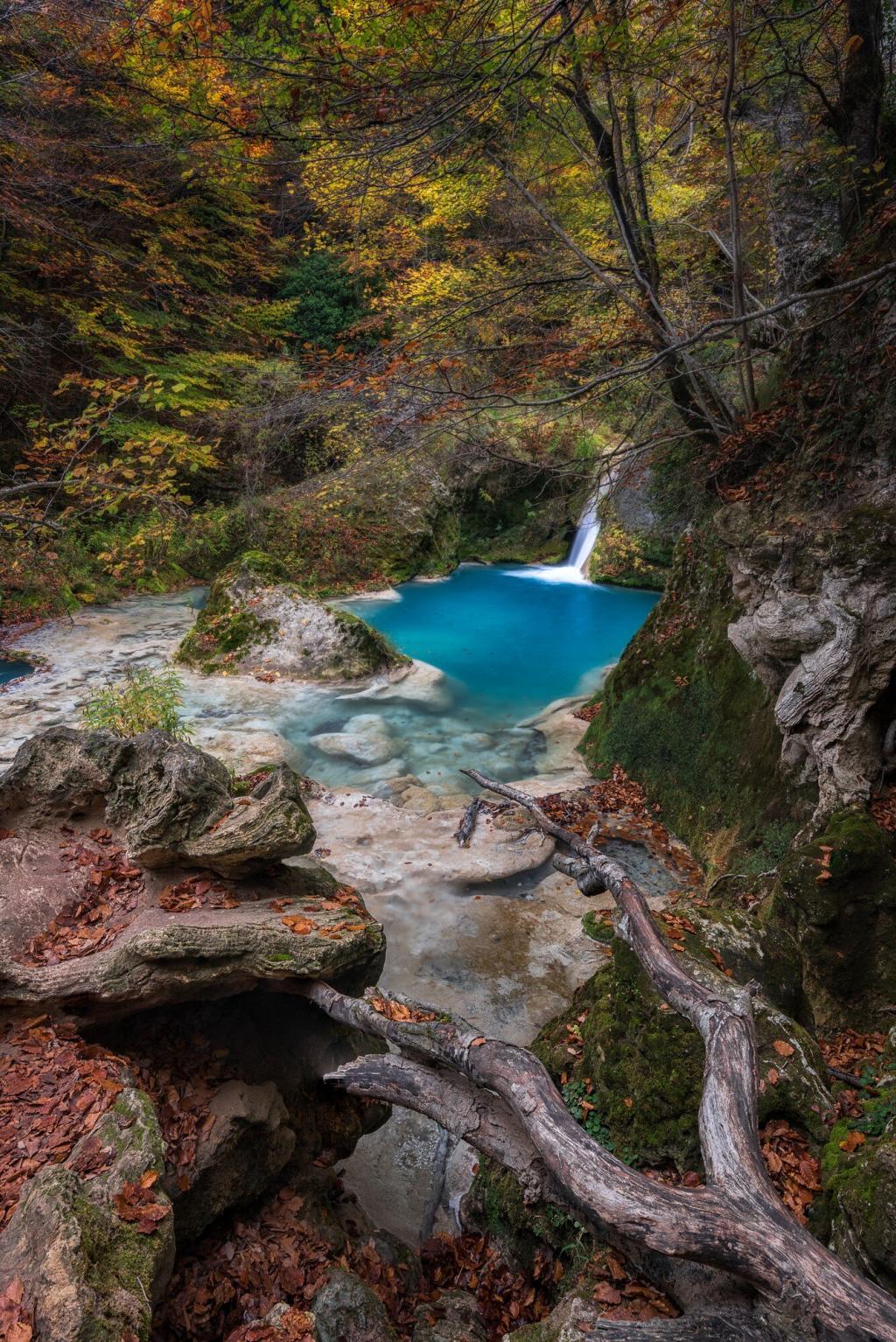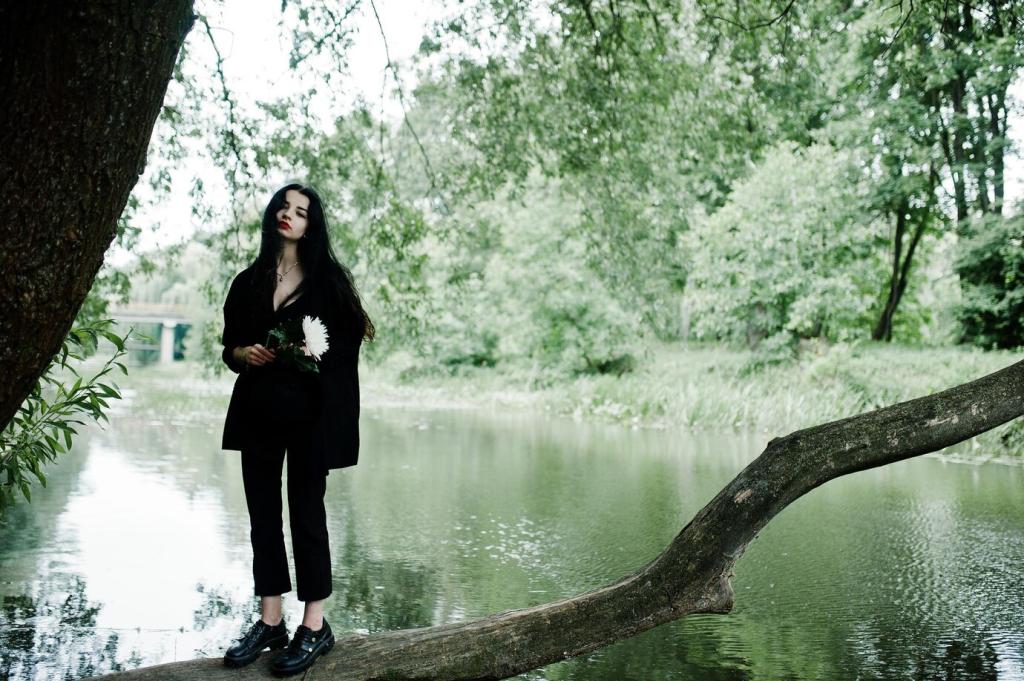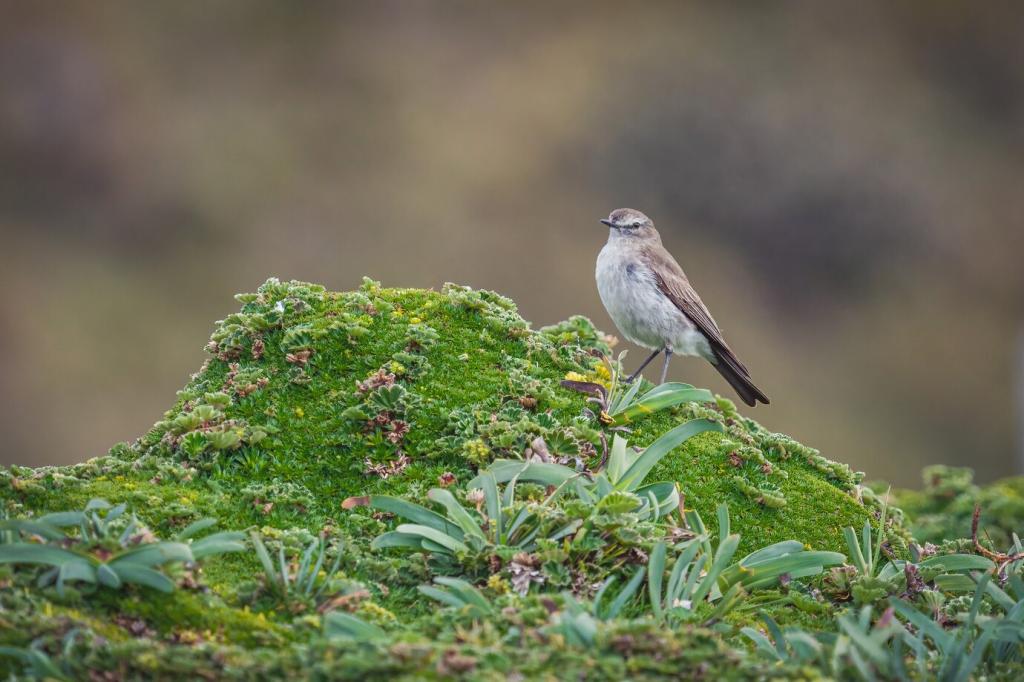Join the Community: Share Your Trail Shot
Which national park trail changed your photography? Add your favorite route, direction for best light, and a tip others can use immediately. Your insight might inspire someone’s next transformative sunrise or a safer, smarter twilight hike.
Join the Community: Share Your Trail Shot
Get monthly updates on trail conditions, light timing, and new photo challenges. We’ll never spam—just actionable ideas to help you plan and shoot. Subscribe now and be first to know about evolving access and creative opportunities.

